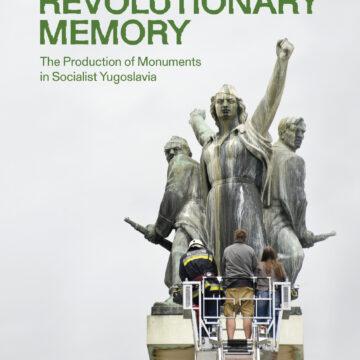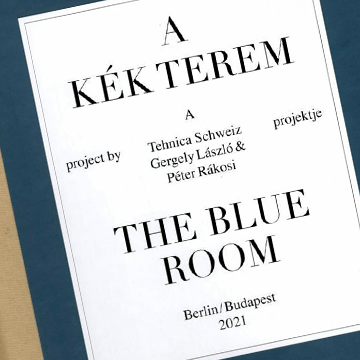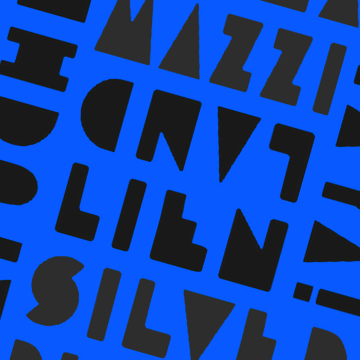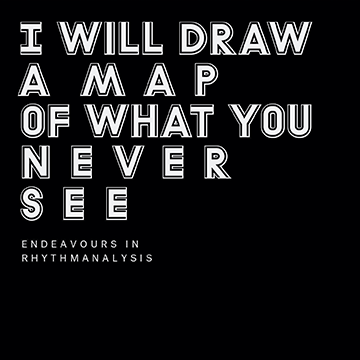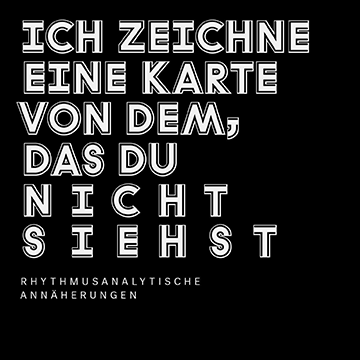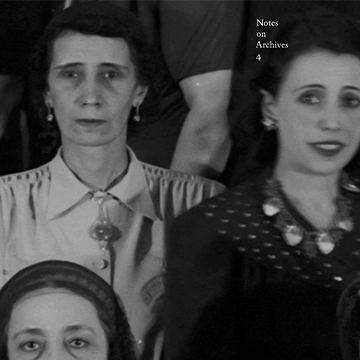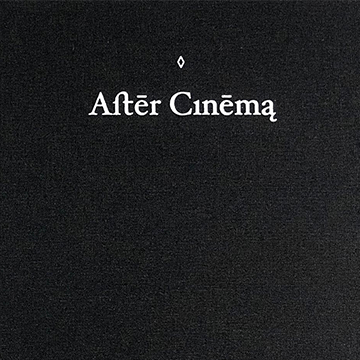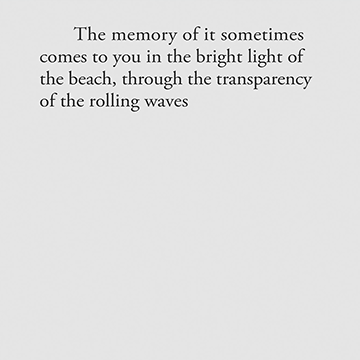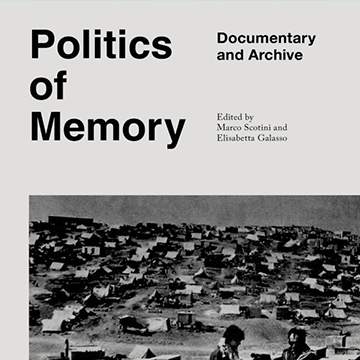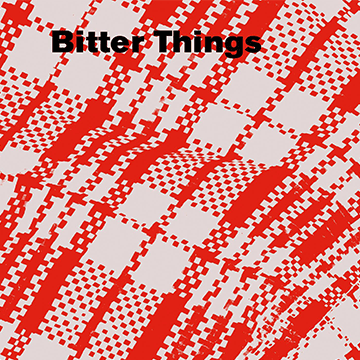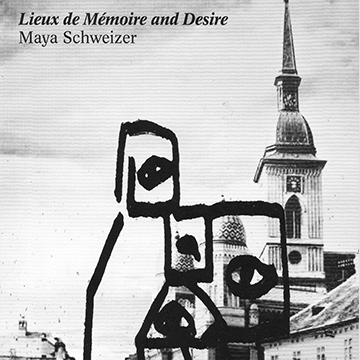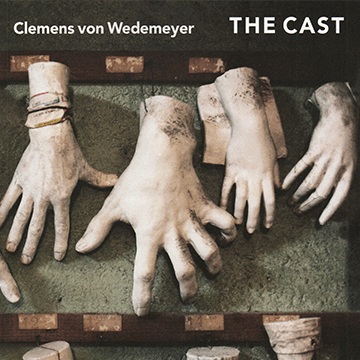The publication presents a comprehensive overview of the vast production of monuments in socialist Yugoslavia (1945–91) dedicated to the antifascist People's Liberation Struggle in the Second World War and the socialist revolution. Since the breakup of Yugoslavia in the 1990s, these monuments have been subject to various fates, from neglect and physical destruction to global fame generated by the high-modernist visual appeal of a number of them. But the full scope, wide-ranging diversity, and complex context of Yugoslav monument making, including its various contradictions, have remained largely unexplored.
Tag: Memory
The Blue Room
The Blue Room by the artistic duo Tehnica Schweiz (Gergely László and Péter Rákosi) is an installation comprising a film and a porcelain sculpture collection. The work is aimed at the re-examination of our relation to architectural and material cultural heritage, merging two stories: the story of the Hungarian Museum of Fine Arts's nineteenth century plaster cast collection of antique sculptures, and that of the eighteenth century synagogue of Tata, which served to house the life-size copies of antique sculptures for more than forty years.
Silver Rights
Silver Rights focuses on the ancestral bond between the communities and the land (mapu), a bond eroded and denied by colonising forces that have mutated over the centuries to gradually establish themselves in recent decades through neo-extractivist practices; a settlement process resulting from the convergence of investment policies and commercial agreements between South American governments and foreign multinationals, including the Italian Benetton.
I Will Draw a Map of What You Never See
A gathering of the echoes, memories and findings after three years of research, performances, exhibitions and conversations within the project That, Around Which The Universe Revolves. On Rhythmanalysis of Memory, Times, Bodies in Space. This publication brings together visual artists, urbanists, writers, photographers, performers, poets, and theorists to investigate the interrelations of space and time, memory, architecture and urban planning through and beyond Henri Lefebvre’s concept of Rhythmanalysis.
Ich Zeichne Eine Karte Von Dem, Das Du Nicht Siehst
Eine Ansammlung von Echos, Erinnerungen und Erkenntnissen aus drei Jahren Forschung, Performances, Ausstellungen und Gespräch im Rahmen von That, Around Which The Universe Revolves. On Rhythmanalysis of Memory, Times, Bodies in Space. Henri Lefebvres Konzept der Ryhthmusanalyse durch- und weiterdenkend, bringt diese Publikation Künstler*innen, Stadtplaner*innen, Schriftsteller*innen, Photograph*innen, Performer*innen, Dichter*innen und Theoretiker*innen zusammen, um die Beziehungen zwischen Raum und Zeit, Erinnerung, Architektur und Städteplanung zu untersuchen.
Notes on Archives 4
In 2008, an exhibition opened at the Umm el-Fahem Art Gallery, Israel, that focused on the launching of a new on photographic archive: “Memories of a Place: The Photo-Archives graphic History of Wadi ‘Ara, 1903–2008.” Notably, the archive used a series of historical images from existing archives, often giving them different captions that retrieve lost histories in the area. This archive exemplifies the possibilities that can result from the critique of institutional image archives: that rethinking archival arrangements can bring to light legible traces of suppressed histories.
Azin Feizabadi. After Cinema
This book marks the ten-year anniversary of the project A Collective Memory by Azin Feizabadi. The project encompasses five narrative-driven films, alongside other artworks. Each film has its own urgency, approach, and point of departure. The films naturally vary in their subjects, they touch upon stories of migration, uprising, transformation, revolution, renewal, collapse, defeat, depression, and desire that connect the life of the artist with those around him.
Encircling the Image of Trauma
This book tiptoes between aesthetics and ethics; it proposes to rethink trauma in its necessity as well as impossibility to be represented and understood.
The traumatic experience of violence marks social orders and imbues history. How does it reach beyond distress and pain? This collection of works interrogates alternative narratives: The traces of trauma may also comprise a subversive potential, which withdraws from the hold of power and instead makes room for a sense of history's vulnerability.
Politics of Memory
The anthology Politics of Memory aims to investigate the document as such, as an objective trace left by events, as material proof or the creation of reality – the strategies with which they transform a state of memory into State memory, those by means of which a historical removal is enacted, those, ultimately, in which there is an attempt to challenge permanent or temporary amnesia, opening up to the future. The artists and filmmakers contributing to this publication represent the most advanced area on an international scale of a research that inaugurates a new relationship between artistic practices and the documentary.
Bitter Things
Labor migration is worldwide creating new models of the transnational family, which despite geographical distances strives to maintain contact between the separated family members. But, how is the relationship between parents and children to be redefined whenever gifts and material support take the place of shared experience? When physical closeness has to take second place to communication programs like Skype and WhatsApp? How does this changing family landscape impact children and their parents? Bitter Things retraces positions on this topic from the 1960s right up to present day perspectives.
Lieux de Mémoire and Desire
The publication presents five cinematic works of Maya Schweizer and examines how the artist approaches the relation of montage editing techniques with the concept of film and memorial and film as memorial – a relation which traces back to both the very beginnings of montage and incorporates the research of French historian Pierre Nora. Recurring moments in Schweizer’s multiform art practice revolve around the examination of subtly treated processes of memory regarding historic-political events in public space. In the places, structures and situations she investigates, historical threads intersect.
The Cast
Film material 7 / In collaboration with Till Gathmann. Including the films Transformation Scenario, 70.001, and Faux Terrain, as well as a visual essay, a glossary and texts by Heike Geißler, Fanni Fetzer, and Franciska Zólyom.
